Blog
Clothing photography - spirit photos - how are they created?

Clothing photography is a special field of commercial photography - requiring the right knowledge and preparation. In this post, we will try to briefly explain how photos are taken on an invisible mannequin - i.e. ghost photos.
First of all, photos of clothing can be taken in several different ways, which include photos taken
- on a flat (flatshot or otherwise flatlay);
- on a model (so-called fashion photos or lookbooks);
- on a traditional mannequin (e.g. a dressmaker's dummy); and
- on a hanger - flat, or on a hanger with a "light spirit"
- on a so-called "invisible mannequin" - i.e. taking a "ghost" type photo.
- in an advertising arrangement (e.g. a photo folded into a cube with accessories).
Each of these ways is characterised by different aspects - tailored to the specifics of the industry. Please visit our portfolio, where you can find examples for each of the aforementioned methods of garment photography.
Flat product representation:
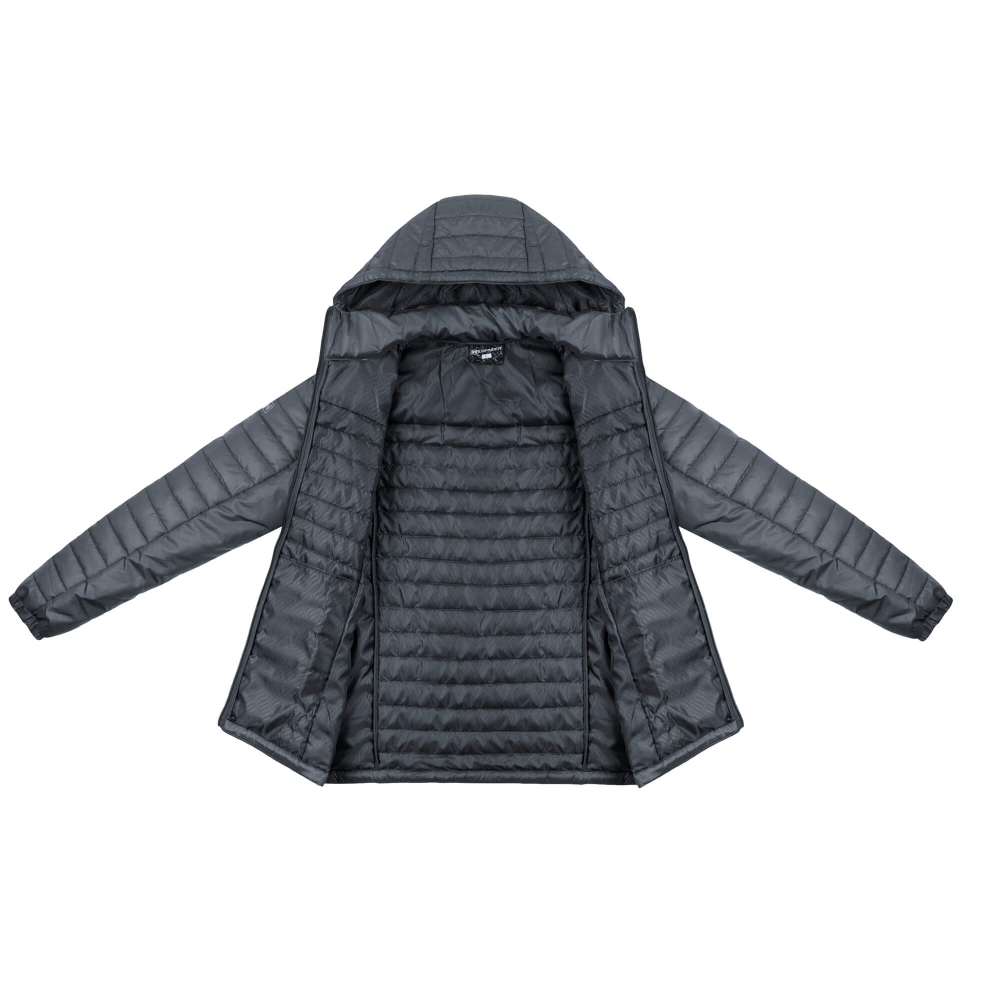
Presenting a product flat is one of the many methods used in garment advertising photography. It requires an appropriate and precise alignment of the products - so that the creases formed on the garments form a coherent whole. Very important in this type of photography is the correct setting of the angle of incidence and strength of light intensity. Flatshots are ideal for the photography of children's and baby clothes - due to their characteristics, variety and multiplicity of sizes.
Representation of clothing on a hanger:
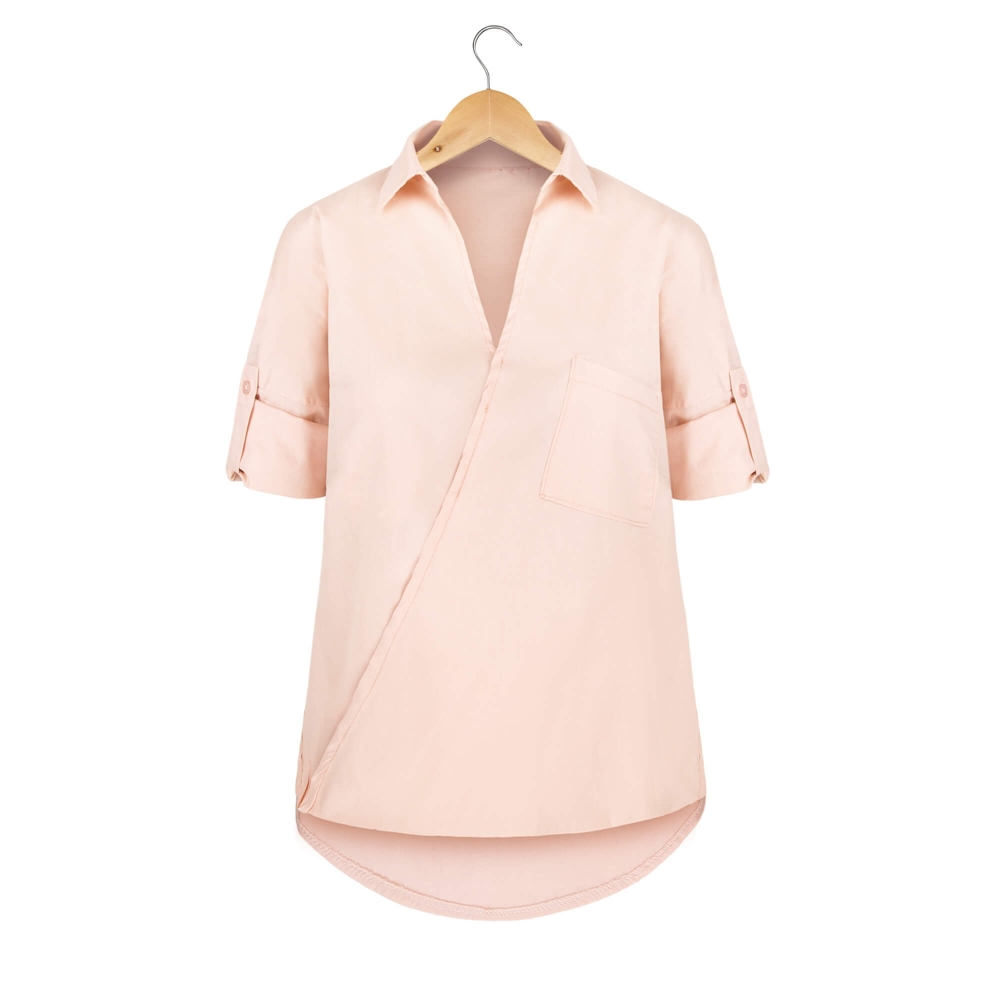
Photographs on a mannequin or hanger
The third type of garment photography is on a mannequin or a hanger. The previously prepared product (ironed and cleaned) is put on the mannequin or hanger, the photo is taken and then we start the more time-consuming graphic processing. Elements of the mannequin remain visible on the photo.
Photos on a model:
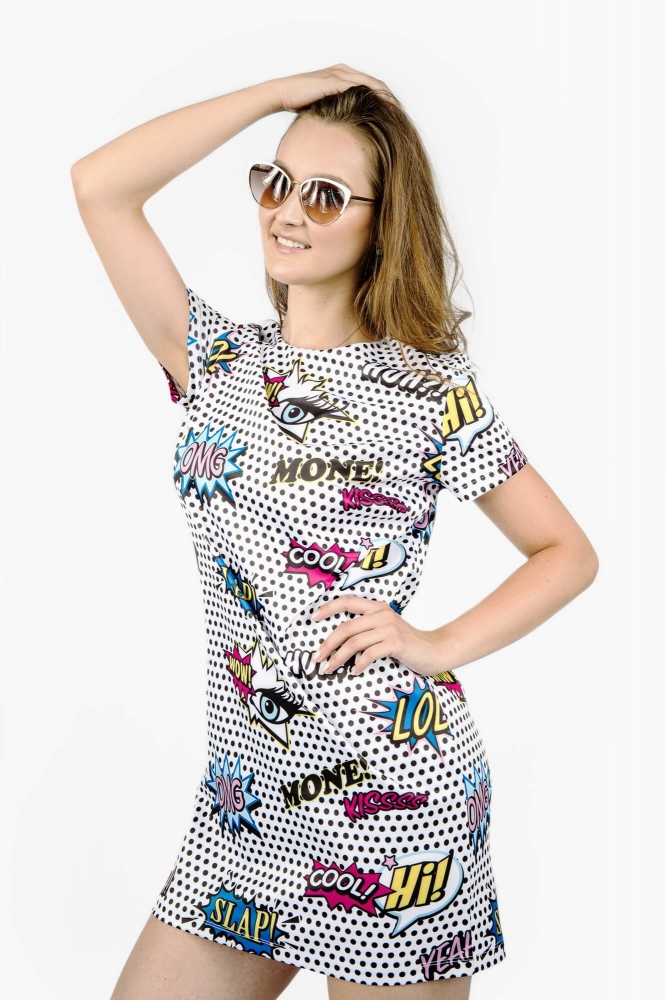
The photos on the model/model, often referred to as fashion photos or lookbooks, are taken in the photographic studio or outdoors. They are characterised by great variety and dynamism. A make-up artist and hairdresser are often employed to prepare such a session, taking care of the visual aspect of the model. When deciding on this type of photography, it is important to properly plan the budget and time of the order.
Ghost photography
The type of garment photographs we would like to focus on today are those realised on an invisible ghost mannequin. These photos show the clothes in their natural positioning on the body, so the customer can imagine how the product will look in reality. Photos of this type also allow a certain standard to be developed for a series of products - e.g. all T-shirts of a given brand look the same - i.e. have the same shape and positioning - which makes them look uniform. The standard developed in this way is maintained for each subsequent order. Ghost photos are taken on a specialised mannequin for product photography or an ordinary mannequin.
So how do you take a photograph on an invisible mannequin? We will briefly describe this using the example of a men's T-shirt:
First of all, the T-shirt needs to be properly prepared for the photo - an iron and a clothes cleaning roll may be necessary.
The next stage is, of course - dressing the mannequin in the T-shirt. The correct positioning of the product on the mannequin is crucial for the subsequent processing, which is why it is so important to shape it properly. If a piece of fabric sticks out, we try to fit it to the whole if it is too loose - we pin it in an invisible place.
Sometimes - if there is a need - we take additional photos of individual pieces of the garment in a different arrangement. This may be necessary in the case of non-standard or asymmetrical garments. In addition, we must not forget to take a photo of the inside of the product, which we will need to create the "ghost effect" in question (in the case of a traditional mannequin). If we have a ghost mannequin - this step will be redundant.
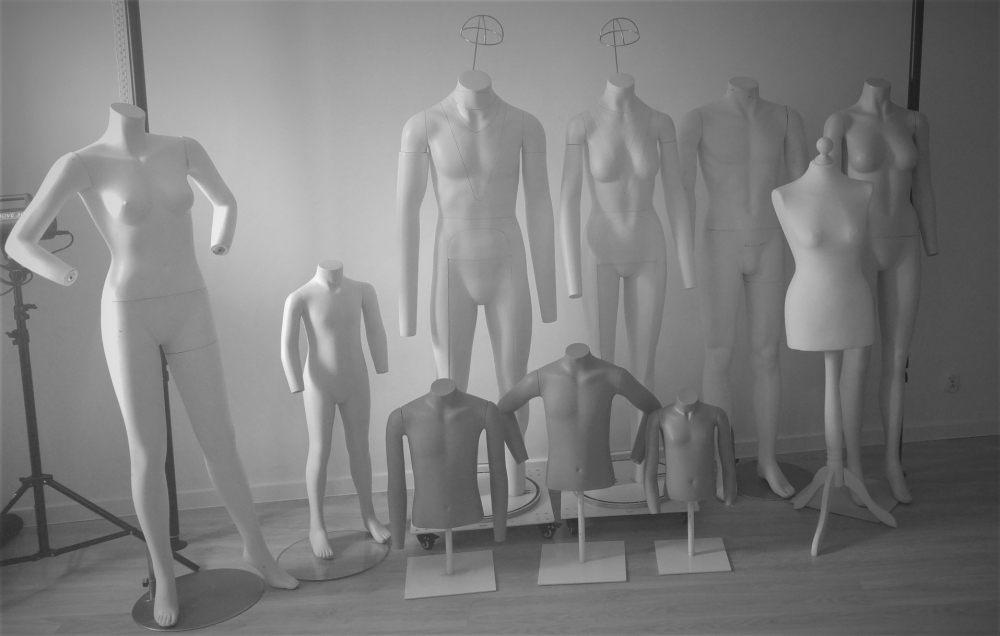
In the following stages, the photos go through a professional post-production process containing:
Developing the photo - on a properly calibrated graphics monitor - the product looks different from the studio. We give it the right colour, colour saturation, brightness and contrast;
The next step is to adapt the shape to the guidelines (usually on the basis of a previously developed template);
Once the required shape has been achieved, the next step is to precisely shape the product, i.e. to cut it out of the background. At this stage, we also get rid of unwanted elements of the mannequin;
Professional graphic retouching - i.e. cleaning all the imperfections in the photo, such as protruding threads, dirt or material impurities;
Combining and matching external and internal elements and adding shadow;
The final step is to apply the appropriate filters - matching the overall collection
This creates ghost photos, otherwise known as photos on an invisible mannequin. Ghost photos are rapidly gaining popularity - they are used by large and small online shops, fashion designers, as well as clothing manufacturers and distributors.
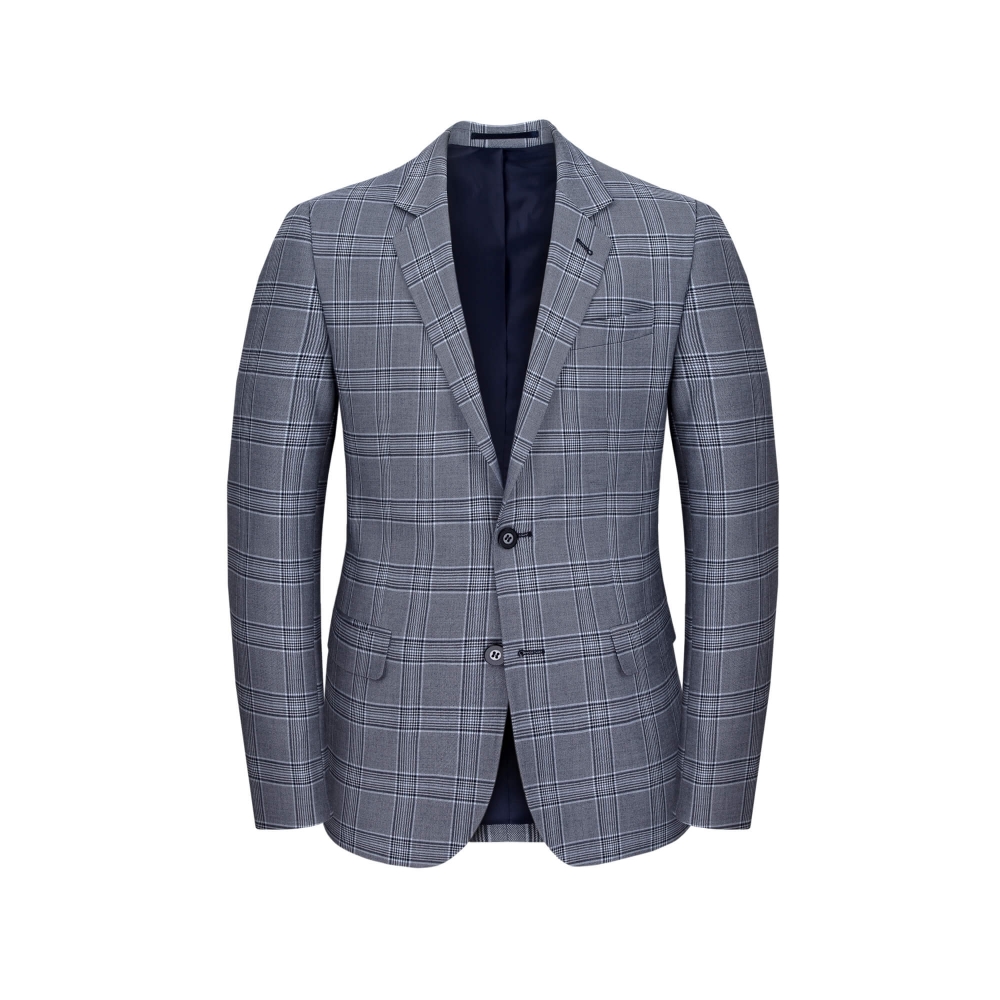
Ghost clothing images have become a very attractive form of product presentation both on the Internet, e.g. at Allegro auctions, and in magazines or advertising magazines. This is one solution that allows for effective presentation of the garment being sold. These types of photographs perfectly reflect the appearance of the product - its cut, shape and other characteristics. During a session with an invisible mannequin, we are able to render more details and emphasise the features of a given product better than, for example, during a session with a model.
All photos, regardless of whether they are photos of clothes flat, on a model, on a mannequin or "ghost" photos, require' precise retouching. Colour levelling, filter selection, retouching - all of these require the right skills, which are acquired through years of working in a product photography studio. We invite you to take a look at our portfolio, which includes numerous realisations in the field of clothing photography and ghost photography.
If you are interested in professional ghost clothing photography - please contact us!
#Zdjęcia duch#Zdjęcia odzieży#Fotografia odzieży#Zdjęcia na duchu#Fotografia ubrań
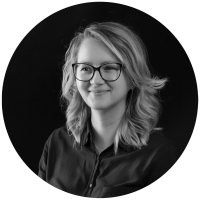
Agnieszka
Założyciel, Fotograf, Retuszer, Grafik
Ponad 10 letnie doświadczenie w fotografii komercyjnej, retuszu komputerowym oraz projektowaniu. Pierwsza linia w kontakcie telefonicznym i mailowym. W pracy - perfekcjonistka pod każdym względem :)